How to Join Local Kayak Cleanup Events
Participating in kayak cleanup events is a great way to enjoy the water while helping to remove trash from hard-to-reach waterways like rivers, lakes, and wetlands. These events not only contribute to cleaner habitats but also connect you with a community of like-minded individuals who care about preserving nature. Here’s a quick guide to get started:
- Find Events: Check websites of groups like Ocean Connectors, Surfrider Foundation, or local kayaking clubs. Platforms like Eventbrite and social media are also excellent resources.
- Prepare Gear: Bring a kayak (or use one provided), paddles, a life jacket, trash bags, and gloves. Wear quick-drying clothes and pack essentials like sunscreen and water.
- Understand the Process: Arrive early for registration and safety briefings. Work in pairs on the water, collecting debris safely and responsibly.
- Post-Cleanup: Help sort trash for proper disposal and recycling. Share your experience to inspire others to join future efforts.
Whether you’re a beginner or an experienced paddler, these events offer a chance to make a difference while enjoying the outdoors. Start by signing up for a local event today!
Help us protect our blue spaces | Support the Big Paddle Cleanup
How to Find Local Kayak Cleanup Events
Looking to join a local kayak cleanup event? There are plenty of resources to help you connect with these activities and contribute to waterway conservation. Here’s where to start:
Search Online Platforms and Event Listings
Many conservation organization websites provide detailed information on upcoming cleanup events. For example:
- Ocean Connectors hosts community kayak cleanups in National City, CA, with event schedules, including dates, times, and locations, listed on their site.
- The Western Reserve Land Conservancy organizes the Annual Grand River Cleanup in Ohio and shares event details online.
- The Shedd Aquarium promotes Action Days for cleaning up the Chicago River and Lake Michigan, complete with sign-up links and event specifics.
Other groups, like Urban Rivers, focus on kayak cleanups along the Chicago River. They not only post event details online but also send newsletters to keep participants updated. Similarly, Nebraska Game and Parks uses platforms like SurveyMonkey to handle registrations for their Standing Bear Lake cleanups.
For broader searches, Eventbrite is an excellent tool. You can easily filter events by location and date to find kayak and paddleboard cleanups near you.
Connect with Local Groups
Local kayaking clubs and environmental organizations are another great way to discover cleanup opportunities. These groups often have insider knowledge about events that may not be widely advertised. For example:
- Surfrider Foundation chapters frequently host harbor cleanups. The Huntington Beach, CA chapter promotes events through their website and social media.
- Tampa Bay Kayak Anglers collaborates with larger organizations like the Tampa Bay Estuary Program to host cleanup events.
- The Sierra Club and its local chapters often partner with waterway cleanup initiatives and can connect you to ongoing efforts.
Subscribing to newsletters from these organizations can also give you early access to event announcements and registration links. Many groups prioritize their subscribers by sharing updates before the events are made public.
Check Social Media and Community Boards
Social media platforms are another treasure trove of event information. Facebook and X (formerly Twitter) are commonly used by groups to promote their cleanups. For instance, the Alexandria Library uses these platforms, along with email, to share details about events like the Four Mile Run Kayak Cleanup. Following local environmental and kayaking organizations ensures you won’t miss updates in your feed.
Don’t forget about community bulletin boards at outdoor gear stores, libraries, or community centers. These often feature flyers for smaller, local events that might not have a significant online presence.
Lastly, Instagram is increasingly popular for event promotion. Search for hashtags that combine your city or region with terms like "cleanup" or "conservation" to uncover events or groups you might not have known about. It’s a simple way to stay in the loop and get involved.
Preparing for a Kayak Cleanup Event
Once you've picked a cleanup event that works with your schedule, getting ready is essential to ensure a safe and productive time on the water. A little preparation - like gathering the right gear, checking the weather, and understanding the event’s rules - can make a big difference in how effective your efforts are.
Gathering the Right Gear
Start with a kayak that matches your skill level. If you’re a beginner or don’t own a kayak, look into a "free running" or "river running" kayak. These are easier to handle and more forgiving for those new to the activity. Avoid advanced freestyle kayaks or long models that can be tricky to control. Inflatable options, such as the Sea Eagle 330 Portable Kayak or the Sea Eagle 380x Explorer from Elemental Sports, are lightweight and easy to transport.
For paddles, go for something lightweight and sturdy. While basic plastic paddles often come with kayak kits, upgrading to a fiberglass paddle can make a noticeable difference. It reduces muscle strain during longer sessions, though it may come with a higher price tag. Safety is non-negotiable - wear a kayak-specific PFD (personal flotation device) and attach a whistle to it. Also, bring a bilge pump or sponge to manage any water that gets in your kayak.
Don’t forget cleanup tools! Bring trash bags, grabbers, and a dry bag for personal essentials like your phone or snacks.
Checking Weather and Dressing Smartly
Once your gear is ready, check the weather forecast to avoid surprises. Look for details on storms, wind conditions, and temperature changes. Apps like Windy are great for tracking wind patterns, and if you’re near the coast, keep an eye on the tides.
Water temperature matters just as much as the air temperature. Even in summer, cold water can pose a hypothermia risk. The USGS website is a reliable source for checking water temperatures. Wear quick-drying synthetic clothing instead of cotton, and don’t forget sunscreen, sunglasses with straps, and a hat. If rain is in the forecast, pack waterproof clothing in your dry bag.
Understanding Event Guidelines
Finally, take some time to review the event’s rules and safety protocols. Most events require participants to sign waivers, wear PFDs at all times, and use approved safety gear. Bring your own cleanup tools if the event doesn’t supply them. Pay attention to briefings, note emergency contact details, and avoid touching hazardous materials to stay safe and efficient.
sbb-itb-2bb67b7
What to Expect During a Kayak Cleanup Event
Knowing what to expect during a kayak cleanup event can help you feel prepared and ready to dive in. These events usually last about 3 to 4 hours and offer a mix of environmental action and community engagement.
Event Arrival and Briefing
Plan to arrive 15–30 minutes early to allow time for registration and gear checks. Most events are scheduled in morning or afternoon sessions and include a check-in, gear distribution, and a safety briefing before heading out on the water.
During registration, you'll sign a waiver and receive any necessary materials. Many organizers provide essential equipment, such as kayaks, paddles, life jackets, gloves, trash bags, and grabbers, so there's no need to worry if you don’t have your own gear. Some events even offer basic kayaking lessons for beginners. The safety briefing will cover water rules, cleanup techniques, and emergency procedures to ensure everyone feels confident before starting.
Once the briefing wraps up, you'll head out onto the water to begin the cleanup.
Cleaning Process on the Water
You'll paddle to a designated area, often working in pairs for safety. The buddy system ensures you're always within earshot - or a whistle blast - of another paddler. A lead boat typically guides the group, while a sweep paddler stays at the back to make sure no one gets left behind.
Be prepared to encounter a variety of trash, with plastics often making up 65–70% of the debris collected. Other common items include aluminum cans, glass bottles, and occasionally larger objects like construction materials or tires. For example, during a 2021 cleanup on Wellesley Island, NY, volunteers hauled in contractor bags of garbage, parking curbs, and even large plastic barrels.
Handling trash can get messy. Water may splash into your kayak, and the debris itself might be wet or slimy. You'll store collected items in the provided bags or containers, but if you come across hazardous materials like leaking batteries, chemical containers, or sharp objects, notify your cleanup supervisor immediately rather than handling them yourself.
The cleanup pace is steady but relaxed, prioritizing safety. If you ever feel tired or uneasy, signal your buddy or the sweep boat for assistance.
After the water cleanup wraps up, you'll return to shore for the final phase of the event.
Post-Cleanup Activities
Once back onshore, the focus shifts to sorting and disposing of the collected waste. Volunteers typically separate trash from recyclables and work with local waste services to ensure proper disposal. The results of these efforts can be remarkable: through the National River Cleanup Program, over one million participants have removed 13 million pounds of litter from rivers across the United States. In the U.S. Virgin Islands, a single cleanup saw 126 volunteers remove more than 3,000 pounds of marine debris.
Event organizers often collaborate with recycling centers and specialized disposal facilities to handle items like tires or construction debris appropriately. This ensures that all materials are managed responsibly, leaving the area cleaner and healthier for everyone.
Staying Involved in Waterway Conservation
Your first cleanup event can be the start of something much bigger. By building on that initial experience, you can make a lasting impact on waterway conservation while connecting with a network of like-minded advocates.
Sharing Your Experience
Sharing your cleanup journey is a great way to encourage others to get involved. Posting before-and-after photos on social media can highlight the real difference your group made. These visual comparisons often spark conversations and inspire action. Add details like the amount of debris collected, the types of items removed, and the location you helped restore. These specifics make your story more relatable and impactful.
But don’t stop at photos - use stats to show the bigger picture. For example, if your group removed 200 pounds of trash, share how that contributes to broader conservation efforts. Numbers like these help people see how individual actions add up to collective change.
"Environmental awareness refers to understanding the delicate balance between nature and human activities. It involves recognizing the importance of protecting the environment for future generations and taking steps to reduce harmful impacts."
– Green City Times
Collaborating with local environmental groups or influencers can amplify your message. Tag the organizations that hosted your event and use relevant hashtags to reach others passionate about water conservation. Your story could be the motivation someone needs to join the next cleanup.
Keep the momentum going by participating in future events and finding new ways to deepen your commitment to conservation.
Attending Future Events
After your first success, why not make it a habit? Many organizations host seasonal cleanups that align with changing water conditions and wildlife patterns. For example, spring events often focus on clearing winter debris, while fall cleanups prepare waterways for the colder months.
In March 2025, Scouting America launched the "Scouting for Clean Waterways" initiative. This program encourages Scouts, parents, and outdoor enthusiasts to join organized cleanup efforts. Participants can find events through Scout councils, parks departments, or environmental groups, and even earn the Scouting for Clean Waterways Emblem for their efforts.
You can also take things a step further by organizing your own cleanups. Start with a small group of friends or paddling buddies, and as you gain experience, invite family, coworkers, or local organizations to join. Adopting a specific section of a waterway for year-round maintenance can deepen your connection to the area and help you track its progress over time.
To expand your knowledge, consider attending workshops or training sessions offered by conservation groups. These can teach you about topics like invasive species prevention, water quality testing, and habitat restoration. The more you learn, the more effective you’ll be as a volunteer and advocate.
Investing in Quality Gear for Regular Participation
If you plan to stay actively involved, having reliable gear can make a big difference. Owning a kayak, for example, makes it easier to participate regularly. Inflatable kayaks are especially practical - they’re lightweight, easy to transport, and can be stored in small spaces when not in use.
For those new to conservation work, the Sea Eagle 330 Portable Kayak, priced at $379.00, is a solid, affordable option. The Sea Eagle 380x Explorer, at $999.00, offers greater durability and stability for frequent use. If you’re planning to get deeply involved, the Sea Eagle 385ft FastTrack™ at $999.00 delivers high performance and can handle a variety of water conditions.
Beyond the kayak itself, there are a few essentials you’ll need:
- A quality paddle
- A personal flotation device
- Dry bags for storing collected debris
- Safety gear like whistles and bilge pumps
For comfort during long cleanup sessions, consider neoprene footwear and non-cotton clothing. These can keep you warm and dry, especially in cooler weather or when handling wet debris.
It’s also important to choose gear suited to your local water conditions. Recreational kayaks work well for calm lakes and rivers, while touring kayaks are better for coastal areas or stronger currents. If you’re concerned about stability, kayak outriggers can provide extra balance, especially when you’re handling debris in unfamiliar waters.
Investing in the right gear can turn occasional participation into a meaningful, ongoing commitment to protecting our waterways.
Conclusion
As we touched on earlier, every small step matters when it comes to protecting our waterways. Joining local kayak cleanup events is easier than you might think. Start by searching online for events near you and connecting with environmental groups in your area. Social media and community boards are also great resources - many organizations post cleanup opportunities there. Once you’ve found an event, make sure you’re prepared: gather the necessary gear, check the weather, and review any guidelines provided by the organizers.
The impact of these efforts is undeniable. Past cleanups have achieved impressive results - some have removed over 100 pounds of trash in a single day. Beyond the numbers, being prepared ensures you can make the most of your time and contribute effectively to the cause.
"Every piece of trash you collect helps create a cleaner, healthier environment for our coastal communities." – Ocean Connectors
Participating in these events not only protects wildlife but also gives you a chance to engage in hands-on conservation work. Plus, they’re a fun and safe way to explore the outdoors, suitable for people of all skill levels.
For those planning to attend regularly, investing in durable gear can make the experience more enjoyable and support your long-term commitment to conservation.
Why wait? Take that first step today - your effort truly makes a difference. Just as we highlighted earlier, your next cleanup is just a sign-up away. Check event calendars from local groups or, if no events are scheduled, bring along grabbers and trash bags on your next paddle. Many organizations are happy to provide supplies. By getting involved, you’re playing a vital role in preserving our waterways for generations to come.
FAQs
What should I do if I find hazardous materials during a kayak cleanup event?
If you encounter hazardous materials during a kayak cleanup, don’t touch or try to remove them yourself. Warn others to stay clear and immediately inform the event organizer or local authorities. They’ll ensure trained professionals handle it properly.
Keep your distance, avoid breathing in fumes, and, if you can, mark the spot to keep others away. Safety comes first - leave hazardous material handling to the experts to ensure it’s dealt with correctly and without unnecessary risks.
How can I start my own kayak cleanup event if none are available nearby?
If there aren’t any kayak cleanup events nearby, why not take the initiative to organize one yourself? It’s a fulfilling way to help your community and improve the environment. Start by gathering a small team of volunteers and identifying a waterway in need of some care. Be sure to contact local authorities to obtain any required permits and confirm access to the area.
To make your event a success, plan ahead. Outline safety measures, figure out how to handle trash removal, and stock up on essentials like gloves, trash bags, and safety vests. You might also consider teaming up with local environmental groups or community organizations - they can offer valuable resources and support. Spread the word about your event through social media, community bulletin boards, or even local news outlets to attract more participants. With thoughtful planning, you can spearhead an impactful effort to clean and protect your local waterways.
How can I stay involved in protecting waterways after participating in cleanup events?
Protecting our waterways might be simpler than you imagine! There are plenty of ways to get involved, like attending local workshops on water conservation, supporting policies that safeguard waterways, or lending a hand to organizations working on watershed preservation.
Even small changes in your daily routine can have a lasting impact. Fixing that dripping faucet, cutting down on shower time, or upgrading to water-efficient fixtures are all easy steps that help conserve water. Every effort, no matter how small, plays a role in keeping our waterways clean and thriving for future generations.




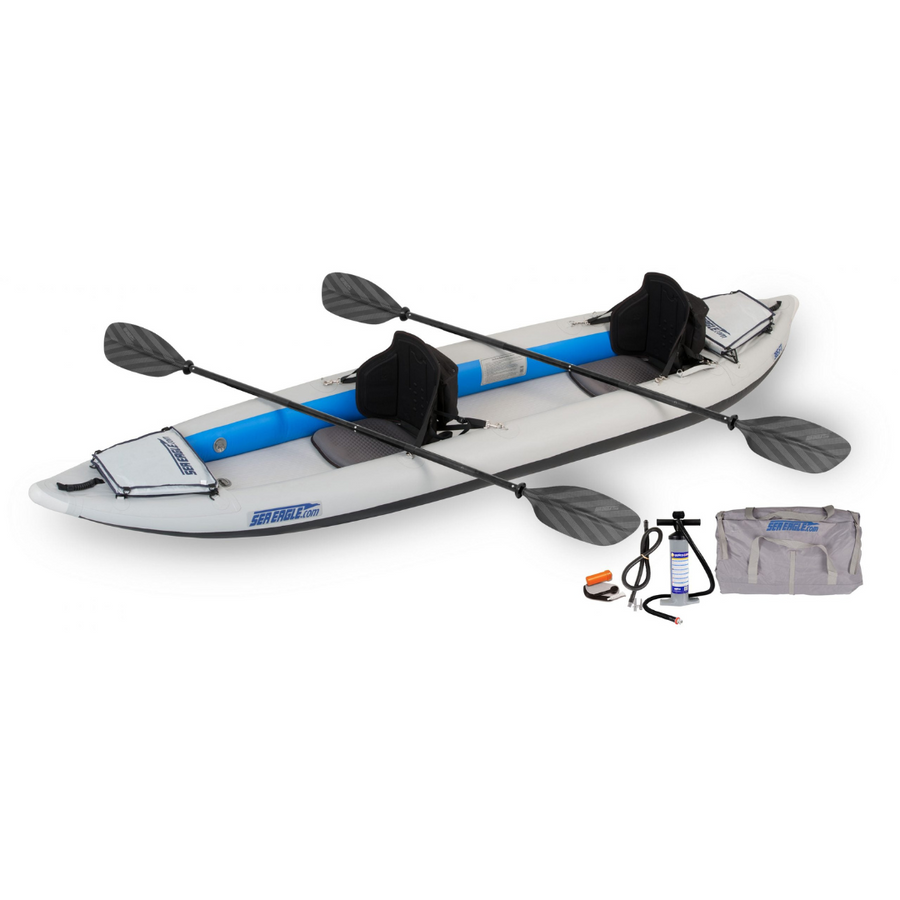
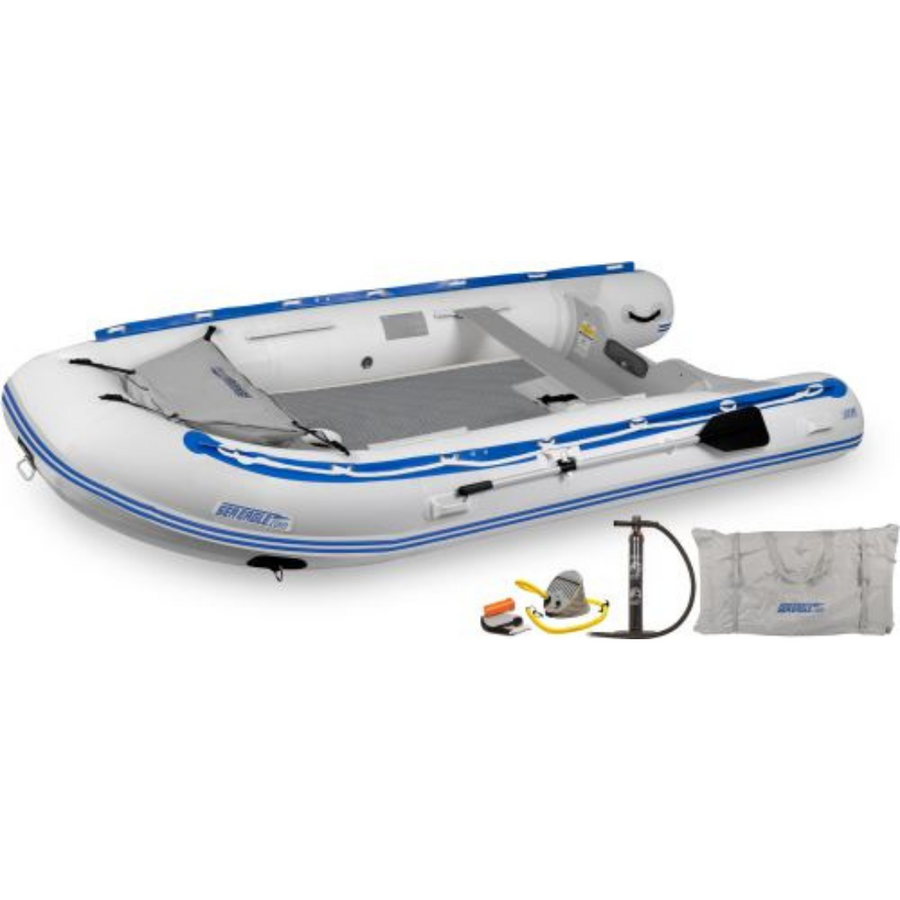
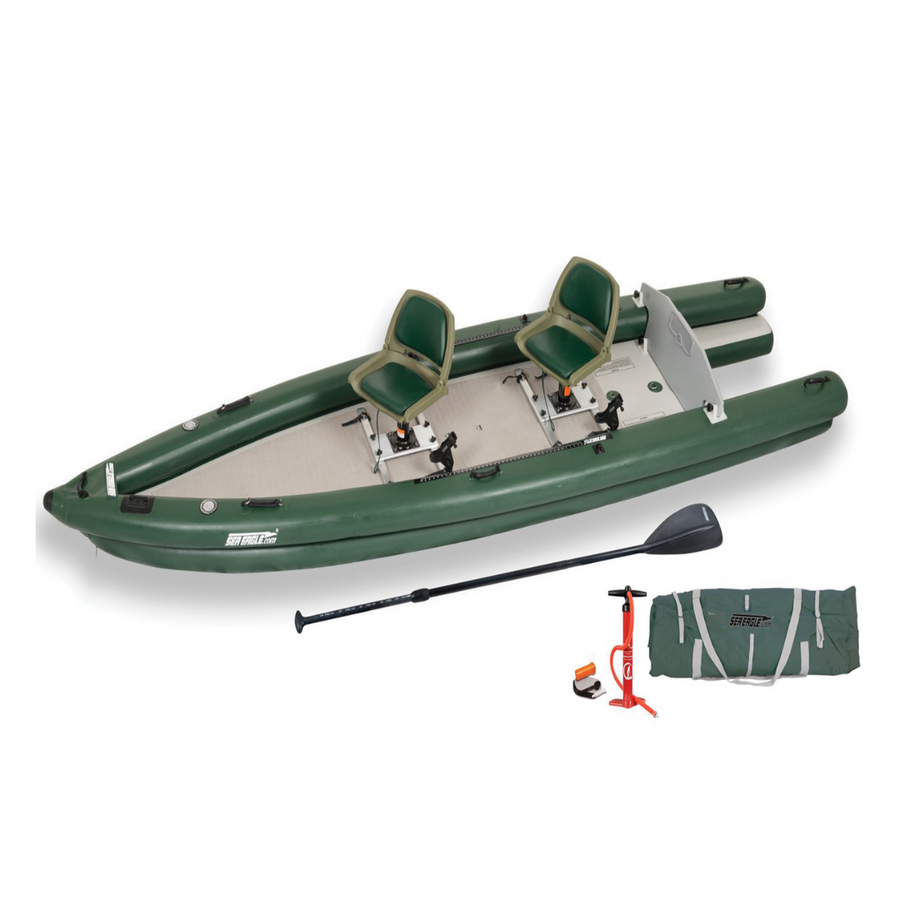
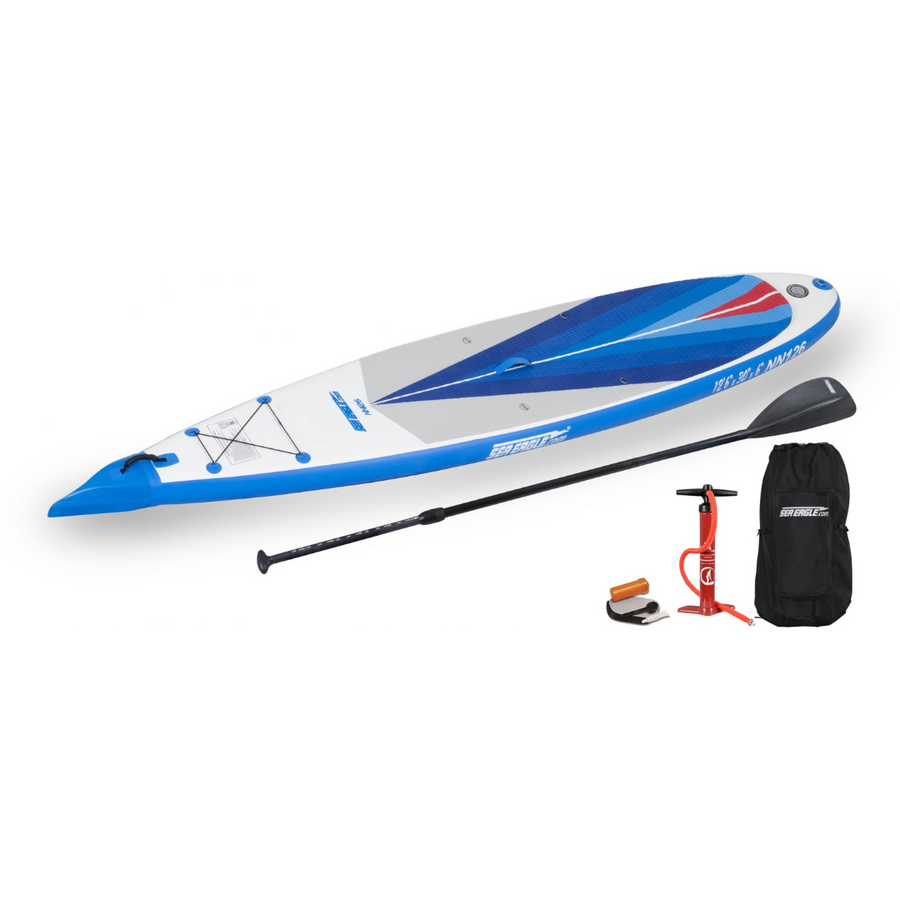
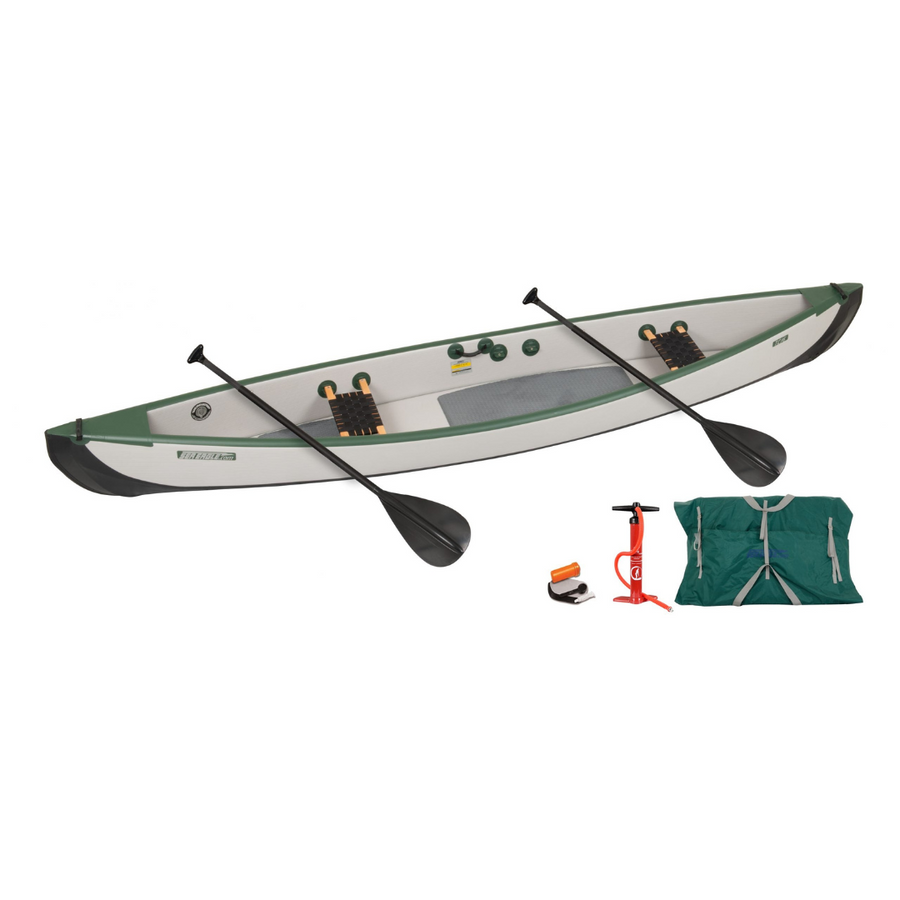
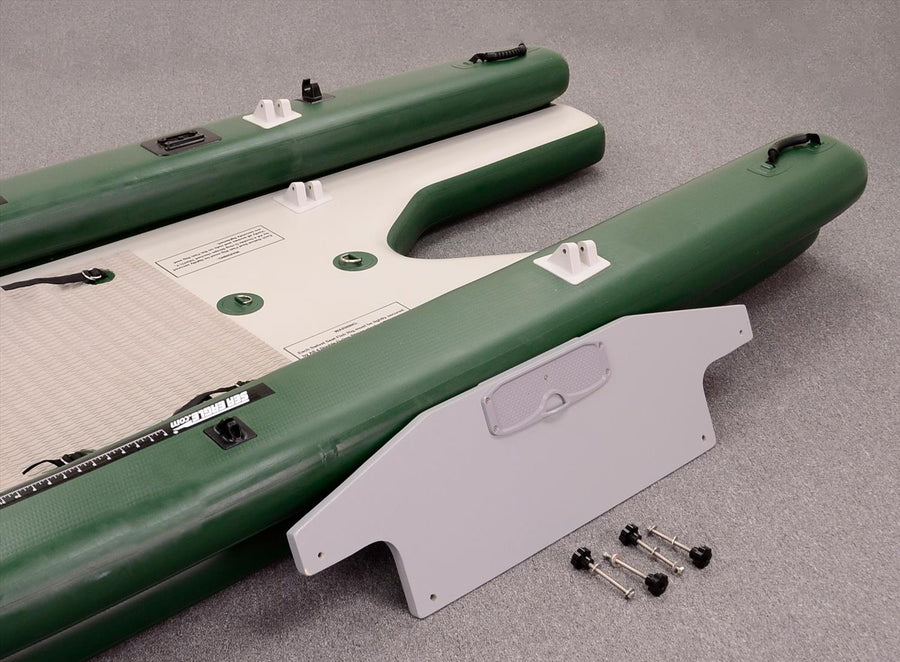
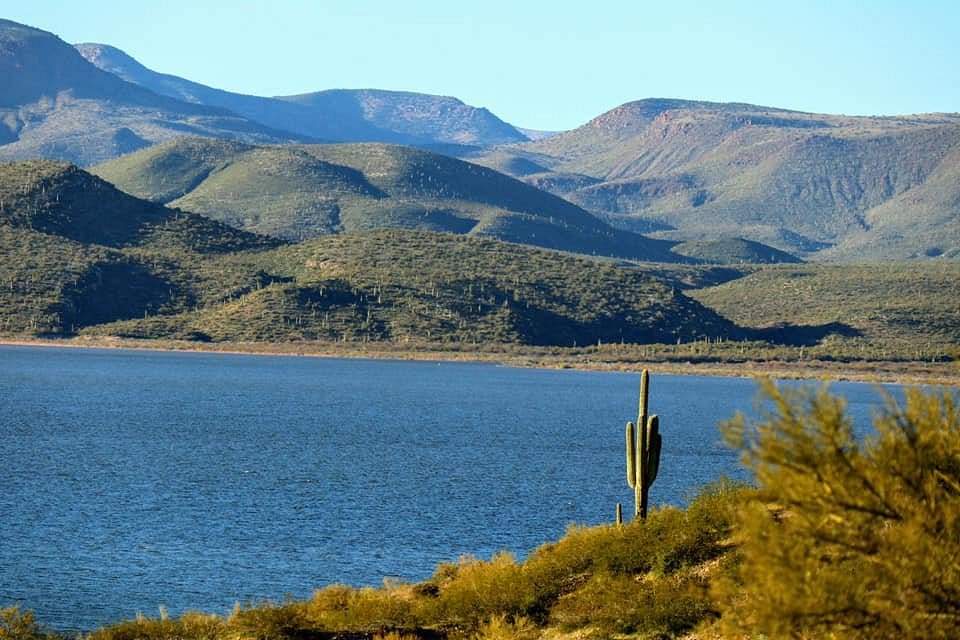
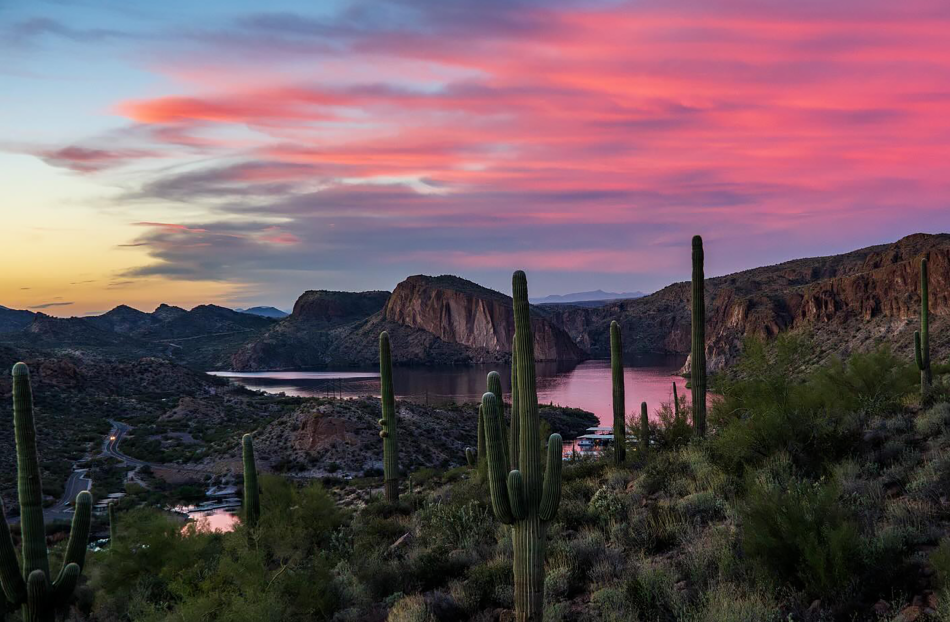
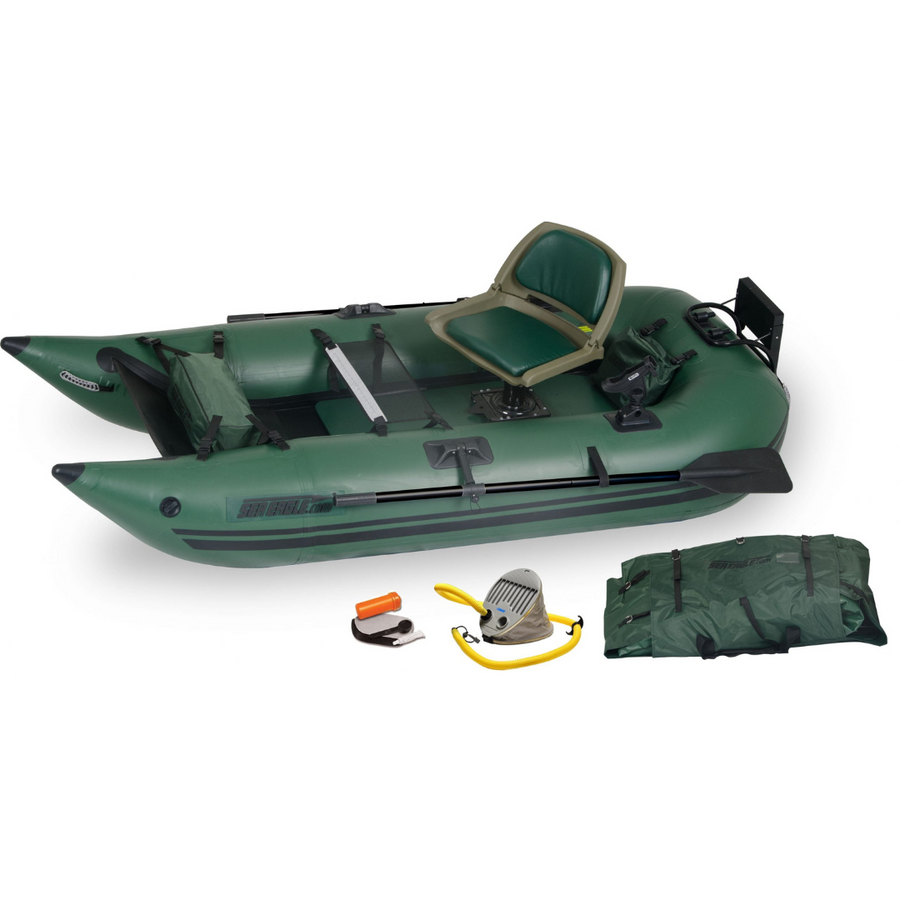
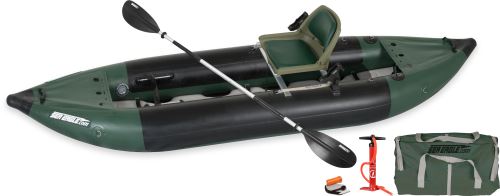
Leave a comment